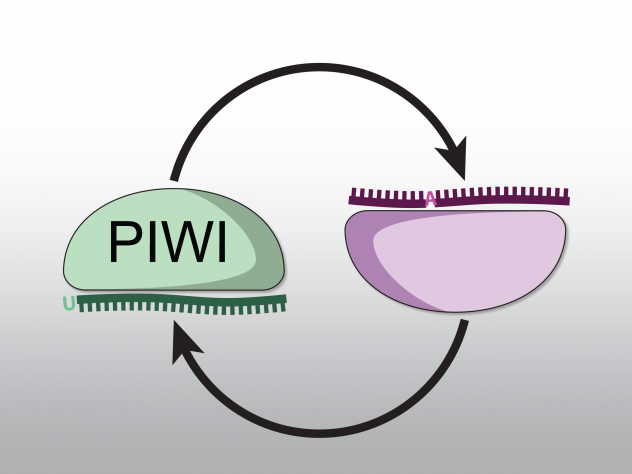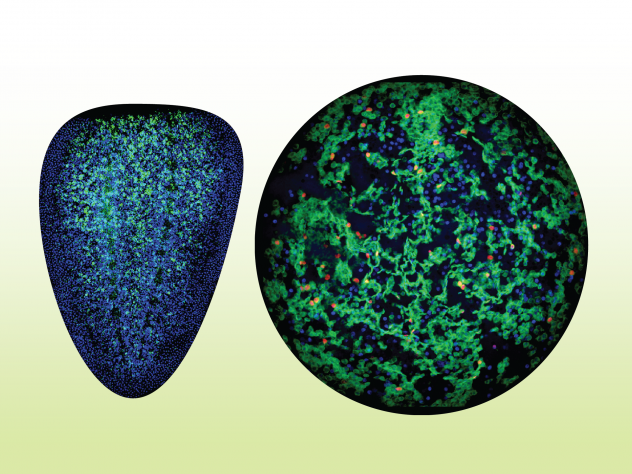Research Interests

How do stem cells retain their potency? How does their progeny determine which lineage to differentiate into? And once elected, how do these daughter cells maintain their new identity? Correct regulation of stem cells is essential for animal development and for adult tissue homeostasis, and understanding the regulatory networks that cells use to maintain pluripotency or to initiate specification is central to developmental biology. We use an animal model system with an abundant and active stem cell population – the freshwater planarian Schmidtea mediterranea - to analyze the regulatory processes involved in stem cell pluripotency and lineage specification in vivo.

Planarians, or flatworms, have remarkable regenerative capacities. Adult planarians are able to repair extensive wounds, reorganize complex structures such as their intestine, and regenerate entire organs including their brain. This ability is mediated by an abundant cell type known as the neoblasts. Neoblasts are dividing cells that collectively can give rise to any cell type of the adult animal.

We have used single cell RNA profiling and computational methods to identify cell classes within the neoblast population of S. mediterranea. This work has revealed a molecular signature for a pluripotent class within the neoblast population, and has also identified markers for neoblasts that are in the earliest stages of epidermal differentiation.
We use these newly identified neoblast classes to characterize the processes involved in the maintenance of pluripotency and in lineage specification during tissue homeostasis, regeneration, and embryogenesis. We combine molecular, cell biological, genetic, proteomic, and computational methods to study the regulation of planarian pluripotent stem cells, their environment, and their progeny. In addition we are particularly interested in the regulatory roles of non-coding RNA in planarian stem cell biology.


